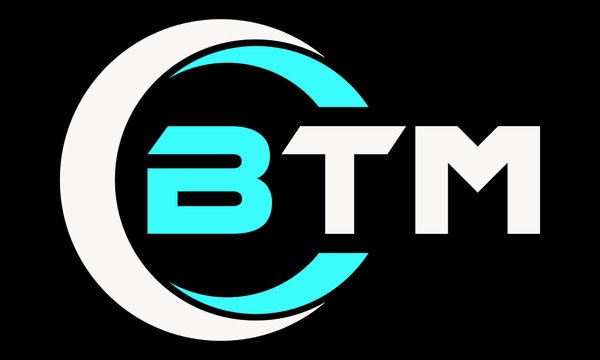Do you want to keep up with the ever-rising costs of doing business? If yes, selective invoice finance solutions could be the answer. The ability to access and deploy working capital quickly can make all the difference for businesses looking to efficiently manage their cash flow while improving profitability.
By leveraging strategic invoice financing techniques, it’s possible to bridge gaps between incoming payments and outgoing expenses without having to turn away customers or expand debt loads beyond that which is comfortable or affordable.
Today we are exploring the key considerations and best practices when implementing selective invoice finance solutions so your business can reap its great benefits.
What is Selective Invoice Finance and How Does It Work
Selective invoice finance is a type of financing that has become increasingly popular among businesses. This option allows businesses to select a few or a handful of their outstanding invoices to be financed, instead of having to finance their entire accounts receivable portfolio.
This is particularly useful for companies who have small but expensive order fulfillment costs, making it difficult to turn a profit on large orders, or those who have long payment terms from customers.
Essentially, instead of waiting for their clients to pay, businesses can take advantage of selective invoice finance solutions to get paid almost immediately. This can help with cash flow and bring a sense of stability to a business, enabling them to pursue other objectives more comfortably.
Benefits and Challenges of Implementing Selective Invoice Finance
Selective invoice finance is an innovative solution that helps companies finance specific invoices rather than their entire accounts receivable portfolio. Implementing this financing method can provide numerous benefits, including improved cash flow, enhanced liquidity, and greater financial flexibility.
However, it is crucial to consider the key considerations and best practices for success to ensure the process runs smoothly. One key challenge businesses face involves selecting the right invoices to finance while balancing cash flow needs and customer relationships. Other challenges include dealing with administrative tasks, maintaining financial records, and managing the costs associated with invoice finance.
Nevertheless, with proper planning and execution, companies can overcome these challenges and reap the many benefits associated with selective invoice finance.
Identifying the Right Financing Solution for Your Business
Ensuring your business has access to the right financing solution is critical for success. With so many options available, it can be daunting trying to identify the one that suits your business best.
Selective invoice finance could be the solution you’re looking for. By selling individual invoices to a lender, you can access the funds tied up in these invoices, providing a quick injection of working capital.
But before you dive in, it’s essential you consider the key factors in implementing selective invoice finance solutions. Getting the right terms, understanding the cost implications, and selecting a trusted lender are all important factors to ensure the success of your financing strategy.
Key Considerations When Choosing a Provider
When it comes to implementing selective invoice finance solutions, choosing the right provider can make all the difference. With so many options available, it’s important to consider a few key factors before making a decision.
One of the most important considerations is the provider’s reputation for transparency and ethical practices. A trustworthy provider will offer clear, understandable terms and won’t hide any hidden fees or charges.
Additionally, it’s worth looking at the provider’s track record for timely funding and customer satisfaction. A reliable provider will have a history of quick and consistent funding, as well as satisfied clients who have benefited from their services.
Lastly, it’s important to look for a provider that offers personalized solutions that fit your unique business needs. With these considerations in mind, you can feel confident in choosing a selective invoice finance solutions provider that will help your business thrive.
Evaluating Service Levels and Fees of Different Providers
While selective invoice finance solutions can be an incredibly helpful resource for businesses, it’s important to properly evaluate the service levels and fees of different providers.
By doing so, businesses can ensure they are getting the best possible deal and avoid surprise fees or hidden charges down the line. It’s important to work with reputable and transparent providers who can clearly lay out their terms and offer valuable guidance throughout the process.
Best Practices for Optimizing Cash Flow When Utilizing Selective Invoice Finance Solutions
One of the best practices is to carefully assess the creditworthiness of customers before offering finance solutions. In addition, tracking cash flow closely can help to identify any potential issues and keep everything on track.
Regular communication with lenders is also important for staying up-to-date on any changes or updates that could impact financing arrangements.
By following these and other best practices, businesses can successfully implement selective invoice finance solutions and reap the benefits of improved cash flow and financial stability.




